By Luca Seidenari

Todays city of Civitavecchia has been built originally at the beginning of the second century AD by the emperor Trajan as an antique Roman dwelling called Centumcellae. The emperor himself had a luxery villa in this area described by Plinus the Younger as a ‘Villa pucherrima cingitur viridiffimis agris’ ( a charming villa surrounded by beautiful fields)1
Trajan decided to build a larger harbour, much saver and bigger than the ones situated at the mouth of the Tiber (Ostia and Portus) where, due to silting up, problems occurred continuously. The project was probably done by an in the eyes of the emperor highly respected architect, Apollodoro of Damascus. They chose a location on a rocky coastal strip in the neighbourhood of the emperor’s villa.
According to a credible tradition the name Centumcellae referred to the presence of many natural caves along the coast. Other traditions about the origin of the name refer to the many rooms in the villa of Trajan or the countless storage places inside the port.
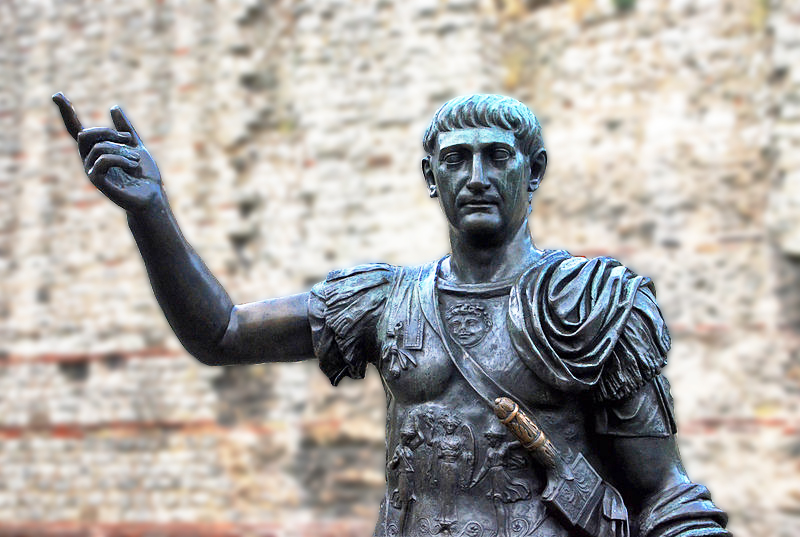
Already from the beginning Centumcellae was commercially speaking as well as from a military point of view an important harbour-centre. In fact the city was the most important maritime service-centre of Rome and the home port of the military fleets from Ravenna and Miseno.
The city developed very soon a classical street system with a Decumanus, Cardo and a forum (read the article ‘A harbour for Rome').
Also very soon courts and jails were established in Centumcellae. From old reports we know that in 251, during the persecutions of the Christians by the emperor Decius and his successor Trebonianus Gallus, also Pope Cornelius I was jailed in Centumcellae.
In 314 the city became one of the first dioceses in the Roman Empire. A year later when the Edict of Milan appeared in which the emperor Constantine gave permission to the Christians to practising their religion, there was already a bishop with the name Epitetto in town.
Nevertheless the irreversible decay of the Roman Empire during the 4th and 5th century Centumcellae, in contrast to other cities, became even more important due to the commercial development. In these times the city was mentioned as the port of Rome. An eyewitness report of the prosperity of the city we find in the writings of the poet Claudius Rutilio Namaziano, a prefect from Rome. In 416 he left Rome and travelled to his homeland Gallia (France) to find out how much his belongings had suffered from the attack by the barbarians. He described his journey in a long poem called 'De Reditu suo' (about his own return)2. He also landed in Centumcellae and described the harbour. Later on he visisted the Thermen Taurine, the bathhouse.
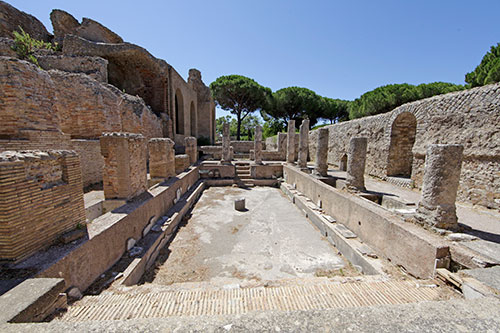
Between 535 and 553 the city had much to suffer from the wars between the Gothics and the Byzantines. Many times both parties attacked and destroyed the city to obtain control over the harbour. Nevertheless there was great prosperity and vividness in town during the fourth century according to the reports of pope Gregorius the Great and the Byzantine historian Procopio. In the next centuries Centumcellae became a Byzantine garrison under the command of a count.
With the establishment of the legacy of Saint Peter, the start of Vatican city, Centumcellae came under the influence of the Papal power. In 749 pope Gregorius III had the city walls rebuilt to protect the city against the Lombardy and Saracens.
At the beginning of the ninth century a Carolingian fleet was stationed in the harbour. In 513 the history of the town would stop immediately and dramatically. The city was attacked, inhabited and destroyed by Saracens, Arab pirates from the African coast and from Sardinia and Spain.
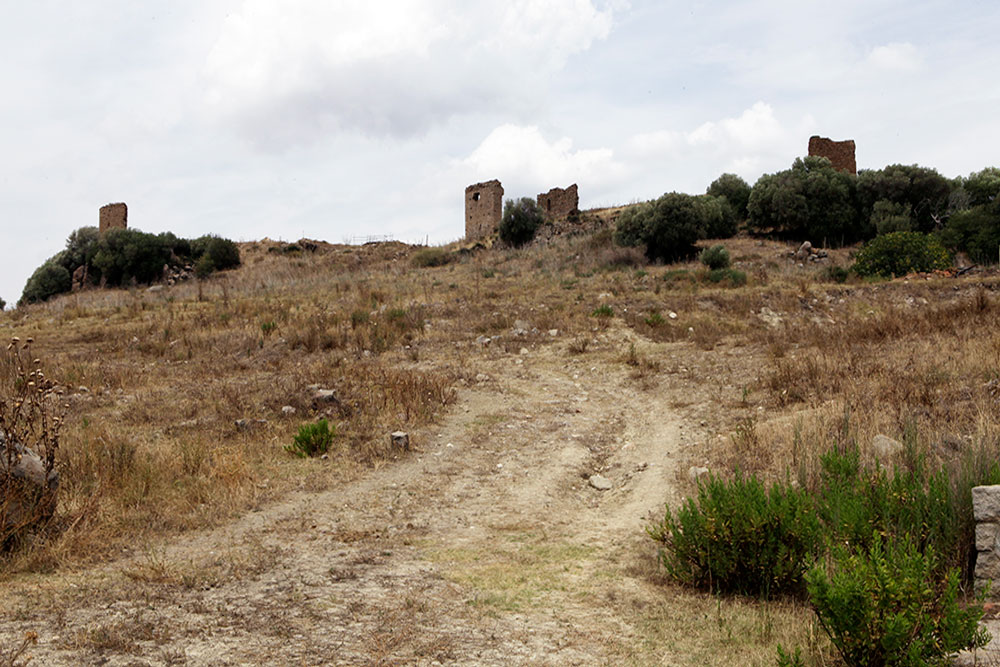
Many of the inhabitants of Centumcellae left their houses leaving behind everything and fled into the hills for another place to live. According to the ecclesiastical historiography the refugees travelled around to look for a living place until pope Leo IV built a new city for them in the hills. He called the city Leopoli, after his name, but due to the move of the diocese to the new city as well the old name remained Centumcellae. Over the years the name changed into Cincelle and later Cencelle. The ruins of the late medieval city can still be seen in the hills between Allumiere and Tarquinia.
According to a legend from 899 there was a big discussion among the citizens of Cencelle whether they should stay in the hills or return to their old harbour town. At last they asked an old fisherman called Leandro for an advice. His answer was to go back to their old city by the sea. And so the majority did. This legend is the base of Civitavecchia because on the15th of August 889 the inhabitants returned to their “Old City” and Civitavecchia was born.
However, it’s more likely that they returned around the year 1000, when a fortress was built on the remains of the old port warehouses next to the Roman Darsena (inner harbour for maintenance of ships). Soon after the building work was finished a community emerged inside the fortress. They called it Civitas Veccla and later Civitavecchia as a reminder of the old city once located on this spot.
During the first years of the second millennium Civitavecchia became feudal property of count Ranieri di Civita Castellana, later of Pietro Latto and after him for the next two centuries property of the family di Vico, prefects of Rome. Their dominium over the city ended in 1431. In that year the fortress was handed over to Cardinal Vitelleschi by the order of the papal army. From now on Civitavecchia was again the most important port of Rome controlled by the Papal authority. This was also the starting point of renewing and prosperity with many building activities. The walls of the city were renovated, but also the aqueduct and, above all, the harbour.
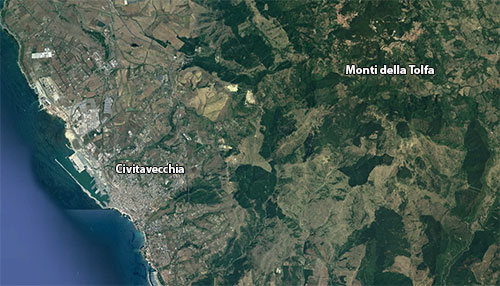
The largest development of the city started after the discovery of alum in the Monti della Tolfa in 1462. Alum was considered as a very valuable material that could be used for many purposes, from building ships till ingredients for the pharmaceutical industry. Of course the port of Civitavecchia became the most important location for the export of Alum to several ports around the Mediterranean Sea and in Europe. The export of Alum made 70 % of the total income of the pope.
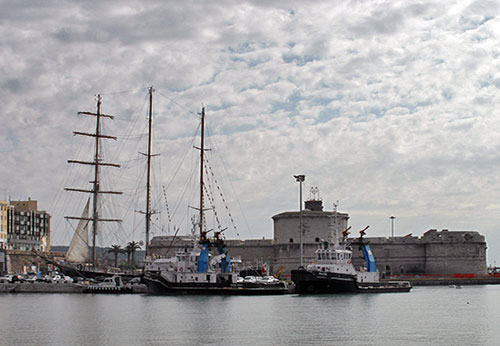
To protect this export pope Julius II built the so-called Fortress Michelangelo in 1508, which was finished in 1535. The same year the large renovation of the city walls by the great military architect Antonio da Sangallo was finished also. The city now had a greater look and the next popes gave a lot of orders to several famous architects from that period for even more buildings.
In 1638 pope Urbanus VII ordered to build a separation wall between the harbour and the city, several hospitals and the famous architect Bernini was asked to build the beautiful arsenal in the centre of the harbour.
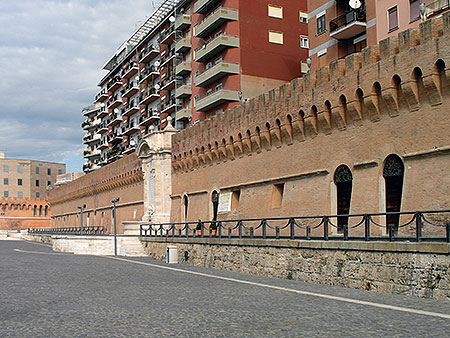
During the next century other large and important works were executed like the Mascherone Fountain in 1743, ascribed to the architect Vanvitelli, the Livorno Gate and the small, elegant palace of the papel garrison today in use as home of the National Archaeological museum of Civitavecchia.
At the end of the 18th century and the beginning of the 19th the city was occupied several times by the French army. After the fall of the Napoleonic empire Civitavecchia came again under papal control in 1825 and remained a diocese for another 1000 years.
In February 1849 Civitavecchia became part of the Roman Republic. This ended already a couple of weeks later on the 24th of March when French troops under command of general Oudinot occupied the city again to restore the papal authority.
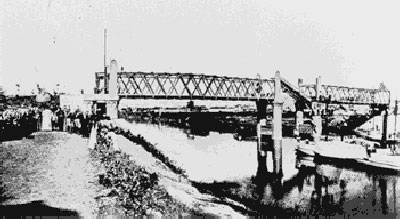
In 1859 Civitavecchia was connected with Rome by a very antique railway system produced in Italy and putted into service by pope Pius IX himself.
The several hundreds of years lasting papal regime over the city ended on September the 6th 1870 when the conscripted army led by Nino Bixio captured the city for annexation into the newly Italian kingdom.
Between the end of the 19th century and the beginning of the 20th , Civitavecchia became even more important due to the development of the harbour and the creation of more industry. Result was a bigger demographic growth. Unfortunately, eleven centuries after the destruction by the Saracens, the city suffered again under the destruction by the countless plane bombing during the second world war. Again the inhabitants fled into the saver hills outside the city. During these bombings, which costed the lives of thousands, 80 percent of Civitavecchia was completely destroyed. Many buildings and monuments were gone for ever. Unfortunately the reconstruction after the war was done in a big hurry and temerarious so that the antique structure of the city became in danger. In contrast, the harbour became important again by the growth of the fish industry and the commercial trade. Above all Civitavecchia became the most important harbour for the transportation of people by ferry to and from Sardine, Sicily, ports in Northern Africa, Spain and France. Finally Civitavecchia has become a very import European Port from the point of view of cruise-traffic due to her location in the centre of the Mediterranean Sea and just a couple of miles away from Rome. Trajan seems to be a visionary after all.
Translation Gerard Huissen
- Notes
- 1: EPISTOLE Lib VI: XXXI C.PLINIVS CORNELIANO SVO S. A letter to Corneliano
- 2: Text from Claudio Rutilio Namaziano about the harbour of Centumcellae:
ad Centumcellas forti defleximus Austro; tranquilla puppes in statione sedent. molibus aequoreum concluditur amphitheatrum, 240angustosque aditus insula facta tegit; attollit geminas turres bifidoque meatu faucibus artatis pandit utrumque latus. nec posuisse satis laxo navalia portu: ne vaga vel tutas ventilet aura rates, 245interior medias sinus invitatus in aedes instabilem fixis aera nescit aquis; qualis in Euboicis captiva natatibus unda sustinet alterno bracchia lenta sinu.
(tranlation)
To Centumcellae we changed our tack before a strong South wind: our ships find mooring in the calm roadstead. An amphitheatre of water is there enclosed by piers, and an artificial island shelters the narrow entrances; it rears twin towers and extends in both directions so as to leave a double approach with narrow channels. Nor was it enough to construct docks of wide harbourage; to keep the vagrant breeze from rocking the craft even when safe in port, an inner basin has been coaxed into the very midst of the buildings, and so, with its surface at rest, it knows naught of wayward wind, like the water imprisoned in Cumae's baths which buoys up the unhurried arms plied by the swimmer in alternate sweep.






 We are committed to providing versions of our articles and interviews in several languages, but our first language is English.
We are committed to providing versions of our articles and interviews in several languages, but our first language is English.